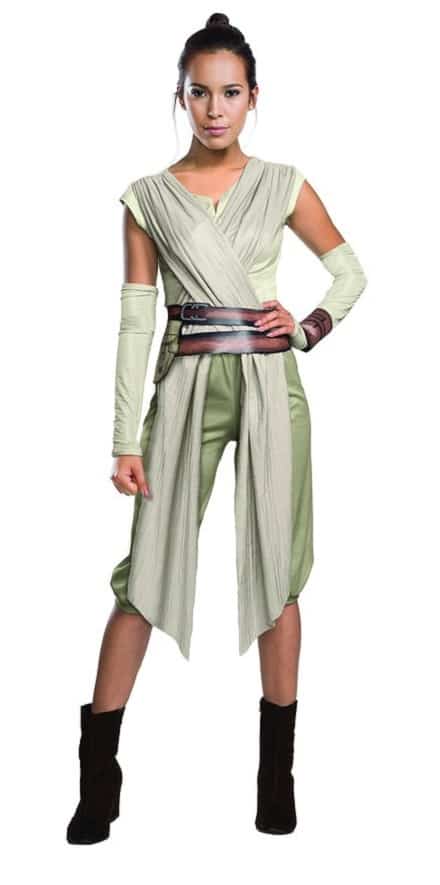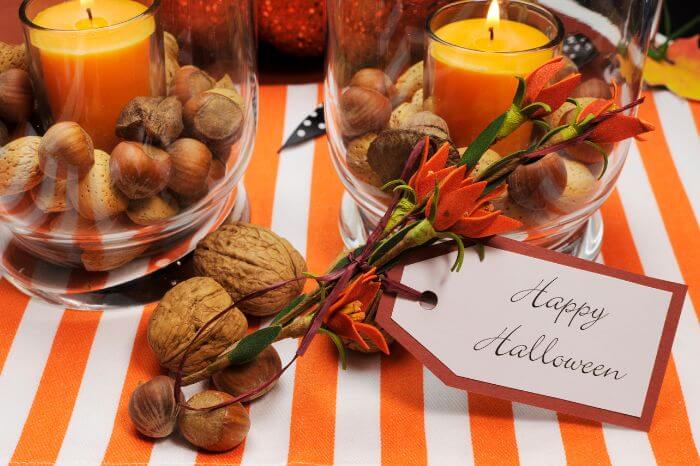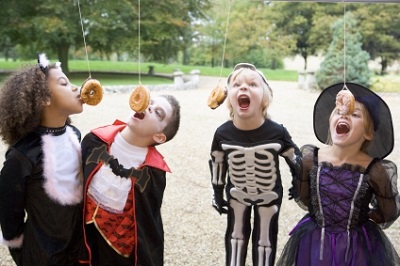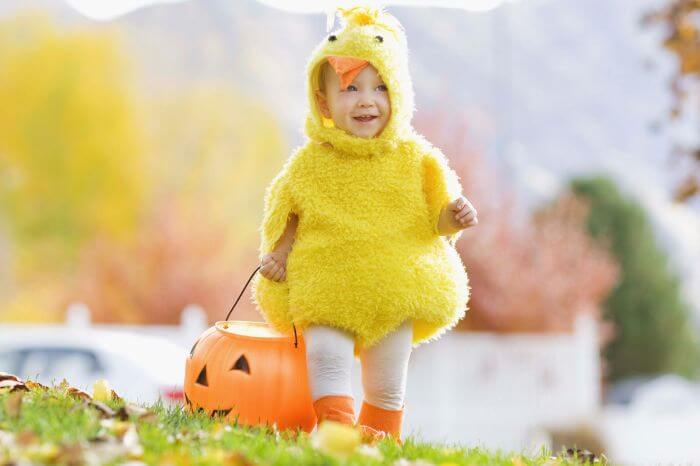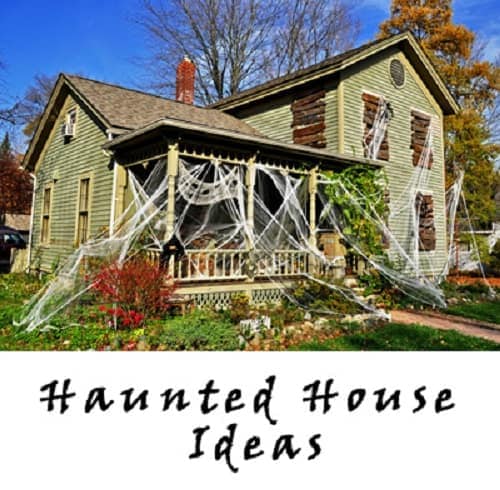Game of Thrones Halloween Costumes
The fantasy series Game of Thrones has some memorable characters. These characters are perfect to dress up as for Halloween. Let’s take a look at the most popular Game of Thrones Halloween Costumes!
Table of Contents
Daenerys Targaryen Costume
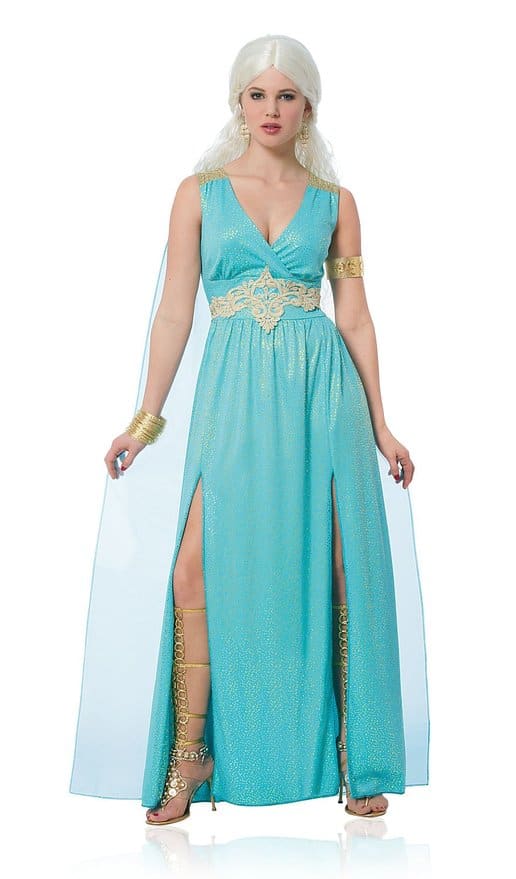
One of the notable characters is Daenerys Targaryen. Daenerys Targaryen costume consists of a blue cloak with a hood on the back and a simple sleeveless blue dress. For the costume to look realistically like the character, you’ll want to complete the look by getting a wig to go along with it.
You’ll want to look for a specific blonde wig. This wig has almost waist length hair and the strands of hair look almost wispy when you look at it.
There are a few strands of hair on each side of the wig that are braided together and hang down in the back.
Khaleesi Warrior Princess Costume
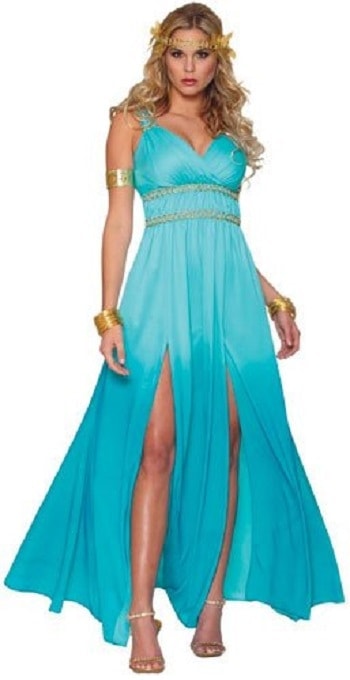
Another great Game of Thrones character costume is a Khaleesi warrior princess one. This costume is a light blue gown that has a long slit up one side of the dress. It has a gathered waist with chain link embellishments at the waist.
You can also top this costume off with a wig and add a dragon egg necklace to accessorize.
Game of Thrones Couple Costume Idea
If you want celebrate Halloween by choosing a couples’ costume you’ll find plenty of ideas from the characters on this show. You can go as love interests or as villains. Whatever you choose, you’re sure to win best costume with these.
For the female part of a couple’s costume, you could go in one that’s designed to look like the character of Catelyn Stark. Her costume is a flowing robe style dress that flows all the way to the floor.
It has long sleeves that are form fitting at the shoulders but billow out at the end so that the hands can stay tucked out of sight. The costume is trimmed in gold fringe along the edge of the sleeves and the bottom of the gown.
There is a raised hem portion at the front of the gown for easy mobility, which will prevent you from tripping over the costume’s length.
For a male costume, you could go as the character of Robb Stark. This costume features a shirt, pants with a draw string waist, a doublet, belt and boot tops. You can accessorize this costume with gloves, a sword and a cloak.
You can get a warrior cloak that’s trimmed in faux fur to complete the costume and give it that medieval look.
If you’re looking for a character with a little more royalty, then you can choose a costume that represents the kings of Game of Thrones. This costume has a very wealthy look to it. It consists of a tunic with a cape that’s trimmed with faux fur. It also has a wide, medieval belt, boot covers, gloves and a crown.

